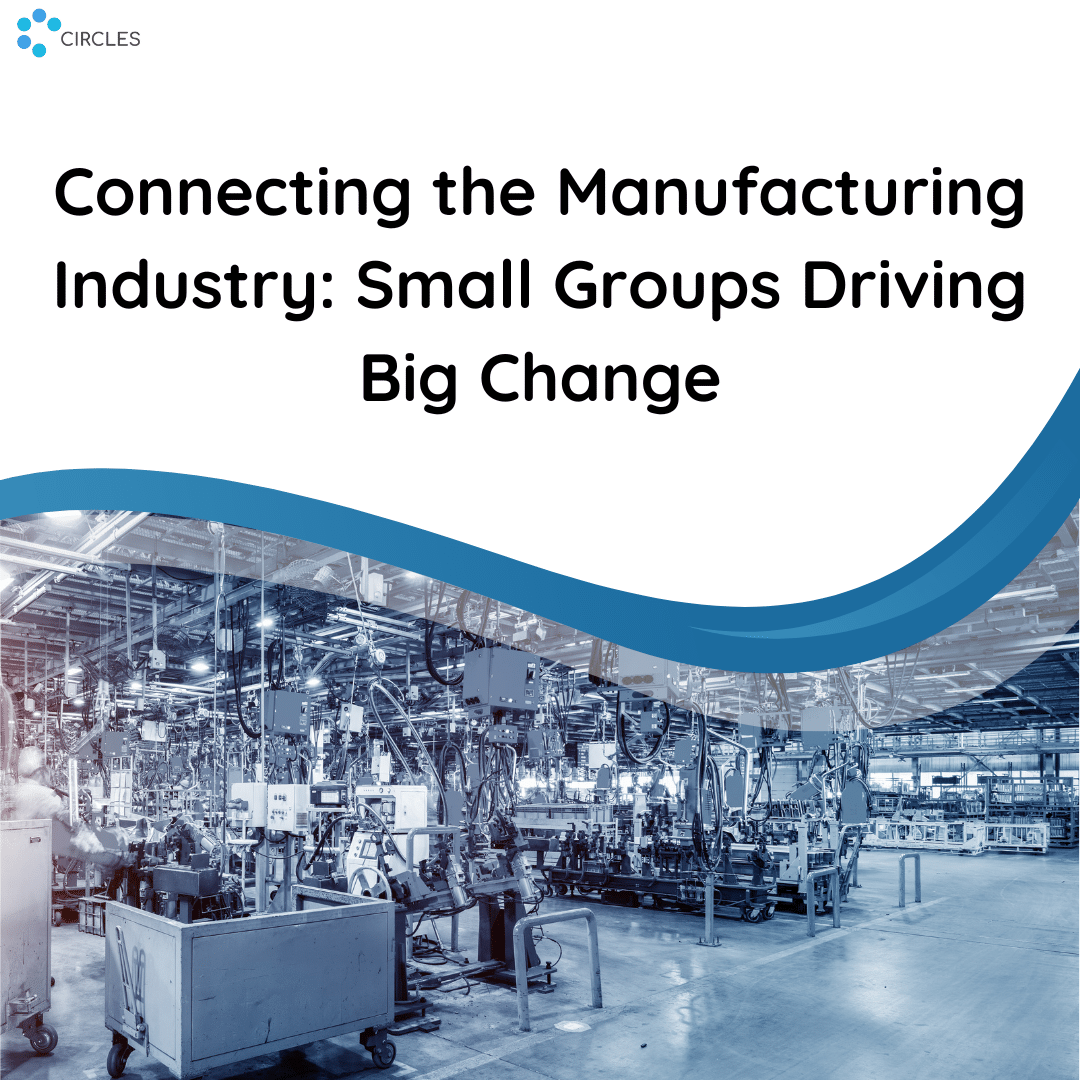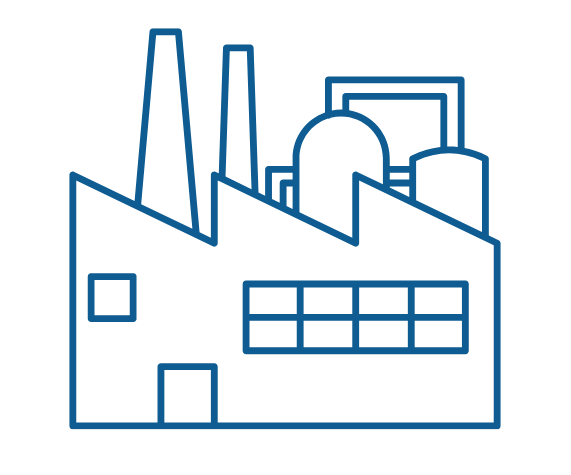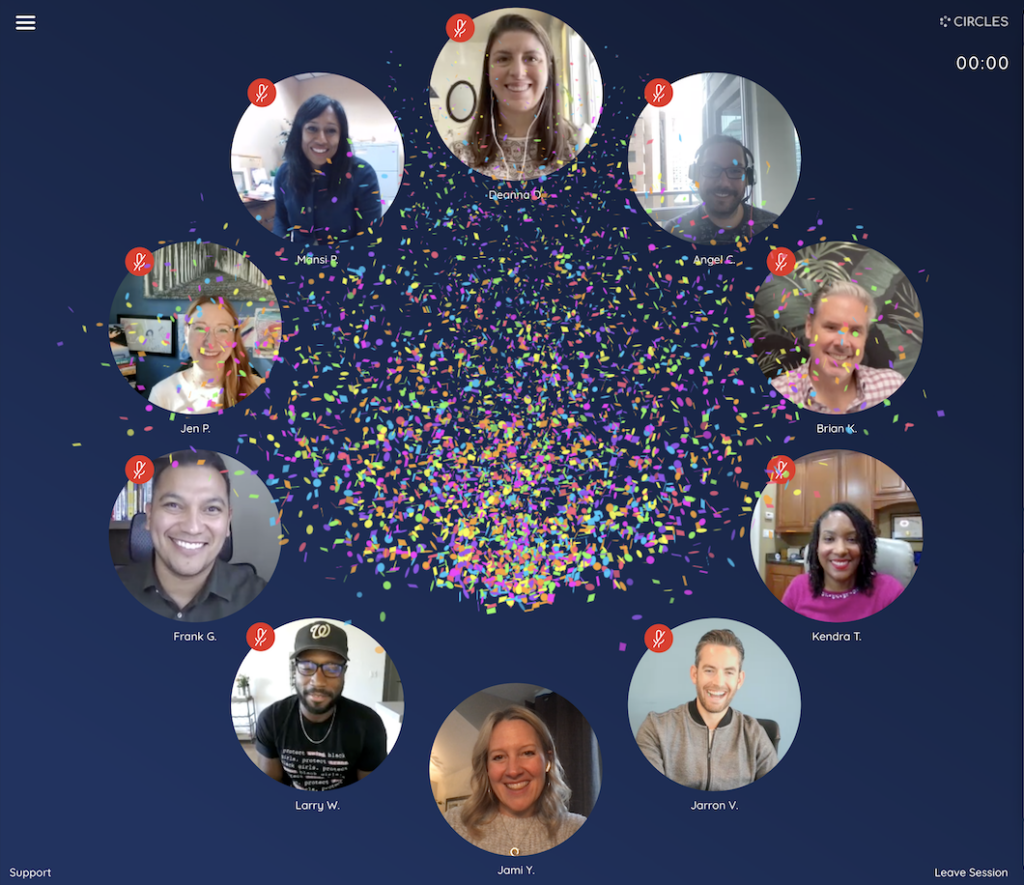90% of Fortune 500 Companies have employee resource groups. ERGs surged in the last two years, but now cost-conscious execs are slashing budgets and staffing. Many of us sense the importance of these spaces, but in times of economic uncertainty, how do you justify the time and money? Fortunately, recent research has bolstered the case that they can yield a strong return on investment.
ERGs Need Funding

The research is in: companies must allocate more funding for ERGs. When Researchers asked respondents what improvements they would like to see in ERG programs, the top answer was more funding (61% percent).
ERG Funding Case Study
Funda Kalemci works in DEI for NielsenIQ, overseeing 30,000 associates in 80 countries.
She says funding ERGs begins with embedding them into a holistic DEI strategy. Her team sits in Human Resources, and relies on metrics to make the case for funding requests. “You have to clarify what problem your initiative solves. Numbers talk: if you have data supporting your request, that will build your case. Utilize yearly data to prove trends.”
For instance: when NielsenIQ HR noticed significant attrition numbers for one particular demographic, Funda’s team brainstormed planning an in-person forum for the representative ERG. “From a retention perspective, the need for that event was dire. I presented the story supported with numbers and secured the forum budget.” In the end, for that one event her team negotiated a forum budget twice the size of their overall DEI budget.
Multiple factors caused them to push the forum event back to 2024, but after the announcement of the program attrition numbers seemed to slow. Funda attributes it to collaboration, and the hope of human connection. Planning the event alongside the ERG communicated respect, care and concern to employees, and they had an in-person offsite to look forward to.
Having worked in DEI for ten years, Funda says budgeting will always be a concern, and cautions against funding ERG strategies like speakers, webinars and seminars. She thinks it’s smart to stay focused on connecting employees together. “What Circles brings to the table is a multifaceted, layered solution.”
ERG Benefits

Benefiting Employees by Boosting Company Culture
91% of businesses indicated that effective ERGs boost company culture. Here are seven ways employees benefit from ERGs:
- DEI initiatives championed.
- Employee wellbeing and mental health strengthened.
- Improved physical work conditions (think ERGs advocating for gender-neutral restrooms).
- Higher visibility of underrepresented groups.
- Employees connected with mentors.
- High-trust relationships formed as employees flourish in safe spaces.
- Leaders identified and developed.
- Collaboration solving company-wide challenges.
- Avenue for everyone’s voice to be heard.
There’s no doubt about it: ERGs benefit employees by enhancing workplace culture. What’s compelling is that research shows they’re good for business, too.
Benefiting Business by Impacting the Bottom Line
ERGs benefit more than just employees: studies also show they have commercial impact. Salesforce research concluded: “The vast majority of participating businesses found that ERGs support employee retention efforts” and as Funda from our NielsenIQ case study pointed out, “we all know how much it costs to find, hire and keep talent.”
As a company, NielsenIQ provides insights into consumer purchasing trends, and some of their ERGs’ thought leadership pieces have become revenue generating projects. In partnership with a client, their Pride ERG produced an LGBTQ consumer behavior series, a staple thought leadership piece now available for client purchase. Allowing ERGs to lead out on revenue-producing affinity-based projects not only communicates value to underrepresented people groups–it’s good for the bottom line.
Circles partner Chezie resources ERGs, and makes a compelling business case for them. They’ve found that not only do they improve retention and recruiting, they also increase productivity. “More productivity means having a sales team that surpasses its quota or an engineering team that fixes bugs at a faster rate.” They say ERGs also promote equitable product development, citing multiple examples including a company that worked with its Disabilities ERG to make its smart speaker device accessible to those who are deaf or have speech impediments. ERGs are good for business.
Virtual Best Practices
An added complexity today is connecting hybrid and remote workers in ERGs. Camila Ramos Vilchese had a long history of DEI work under her belt before working at Lloyd’s Register, but the recent shift to virtual work left her searching for new ways to connect the Gender Equality Network ERG she sponsors. She launched Safe Harbor Circles to connect global ERG participants, and found the sessions to have an amazing impact connecting female employees and their male allies across the globe.
One Safe Harbor Circles participant commented: “I never knew I could reflect like this with someone across the world. It’s so impressive that I am in Japan, and I can discuss shared struggles with someone in the UK.” Virtual ERGs provide a low-cost, accessible way for global ERGs to connect and grow.
Conclusion
Employees have become key company stakeholders, and providing for their well-being contributes to a company’s long-term success. With innovative funding, virtual tools and attention to best practices, ERGs will continue boosting corporate belonging and inclusion efforts.






